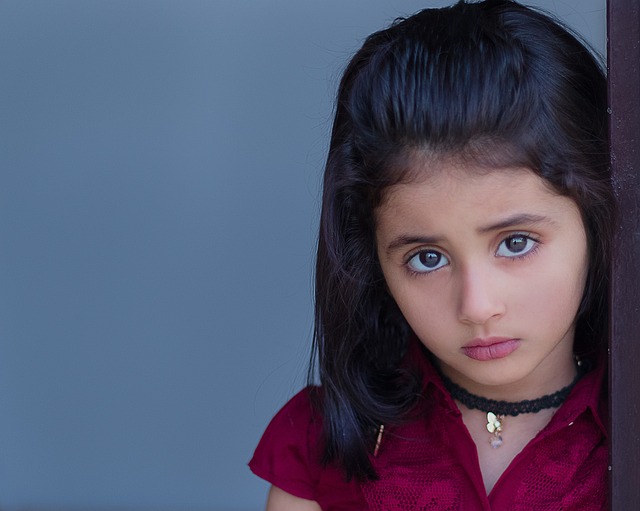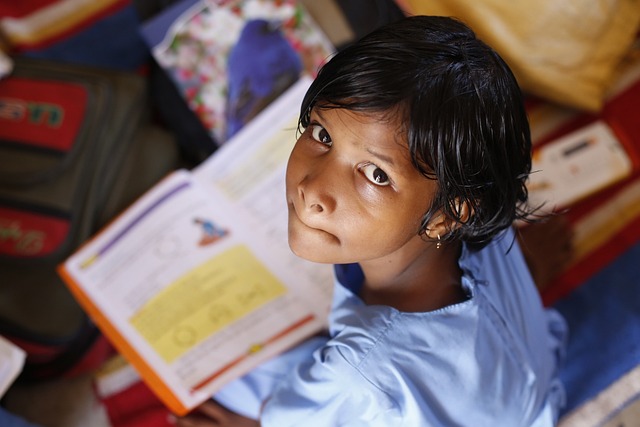Children's rights are comprehensively protected by international and domestic laws, with the United Nations Convention on the Rights of the Child (UNCRC) serving as a foundational document. This convention mandates countries to integrate its standards into national laws, covering aspects like healthcare, education, child welfare protection, and prevention of exploitation and abuse. Domestic legislation, including specific acts against child abuse and juvenile justice systems that cater to children's unique needs, complement these international standards. These laws are crucial for deterring perpetrators and promoting child well-being. The enforcement is critical, requiring consistent application, public awareness, and adequate resource allocation. Advocacy and legal representation are vital to ensure children's rights are represented in legal matters, with juvenile law attorneys acting as guardians ad litem to protect their interests. International cooperation through regular reporting and review processes under the UNCRC framework allows for ongoing progress assessment and policy improvement. National ombudspersons or commissions monitor compliance, advocate for child-centric policies, and hold governments accountable. The judiciary enforces child rights by addressing violations and providing remedies, while civil society organizations promote awareness, offer legal support, and amplify children's needs, contributing to a just and equitable environment for them.
Title: “Legal Safeguards for Children’s Rights: A Global Commitment and Domestic Imperative”
In the realm of human rights, the safeguarding of children’s rights has emerged as a paramount concern globally. This article delves into the establishment of legal frameworks that fortify these protections, exploring the role of international conventions and domestic legislation in advocating for child rights. We will examine how legal representation champions their interests, and the robust enforcement mechanisms that hold entities accountable. The journey to uphold children’s rights is not only a moral obligation but also a legally binding commitment that every nation must honor to ensure a safer, more just future for our youngest citizens.
- Establishing Legal Frameworks for Child Rights Protection
- The Role of International Conventions and Domestic Legislation
- Advocacy and Legal Representation for Children
- Enforcement Mechanisms and Accountability in Protecting Child Rights
Establishing Legal Frameworks for Child Rights Protection

In the pursuit of safeguarding children’s rights, establishing robust legal frameworks is paramount. These frameworks are designed to address various aspects of a child’s life, ensuring their fundamental human rights are respected and upheld. The United Nations Convention on the Rights of the Child (UNCRC) serves as a cornerstone document, providing an international standard for states to follow in protecting children’s rights. It encompasses provisions related to health care, education, child labor, and child protection from exploitation and abuse, thereby setting clear obligations for governments globally.
At the domestic level, countries implement these conventions through national legislation. For instance, many jurisdictions have enacted specific child welfare laws that mandate reporting requirements for child abuse, establish juvenile justice systems tailored to children’s needs, and provide legal mechanisms for children to voice their opinions in matters affecting them. These legislative acts are critical in creating a legally binding structure that holds perpetrators accountable while promoting the well-being of every child within its jurisdiction.
The Role of International Conventions and Domestic Legislation

Within the international framework, a robust array of conventions and treaties serve as pivotal instruments to safeguard the rights of children. The United Nations Convention on the Rights of the Child (UNCRC), for instance, is the most comprehensive international legal instrument governing the protection and promotion of children’s rights. It sets out a clear framework for ensuring the survival, protection, and development of every child. Countries that ratify this convention commit to legislating and implementing measures that protect children from all forms of violence, exploitation, and discrimination, thereby establishing domestic legislation in alignment with international standards. These laws address key areas such as health care, education, legal representation, and protection from abuse and neglect, ensuring a harmonious blend of global commitments with local enforcement mechanisms.
Domestic legislation within each nation plays a critical role in the practical implementation of children’s rights, often reflecting the principles established by international conventions like the UNCRC. National laws are tailored to address the specific challenges and contexts of child welfare within each country. For example, they may include detailed provisions on mandatory reporting of child abuse, the establishment of child advocacy bodies, and the provision of legal safeguards for children in conflict with the law. The effectiveness of these domestic regulations is contingent upon consistent enforcement, public awareness, and the availability of resources to support the rights of every child, thereby creating a protective environment where their well-being is paramount.
Advocacy and Legal Representation for Children

In the realm of safeguarding children’s rights, advocacy and legal representation stand as pivotal pillars. These protections are crucial for ensuring that the child’s voice is heard in legal proceedings where their well-being or future hangs in the balance. Lawyers specializing in juvenile law often serve as guardians ad litem, acting in the best interests of the child to navigate the complexities of the legal system. This representation is not merely about presenting a case but encompasses safeguarding the child’s rights and dignity throughout legal processes, from custody disputes to matters involving abuse or neglect. The role of these legal advocates is to ensure that children have access to justice, their perspectives are considered, and their rights are upheld with the same vigor as any adult’s in a court of law. Legal frameworks such as the United Nations Convention on the Rights of the Child provide a global standard for states to follow, underscoring the importance of legal representation as a cornerstone in the protection of children’s rights.
Enforcement Mechanisms and Accountability in Protecting Child Rights

The enforcement of mechanisms to protect children’s rights is a multifaceted endeavor that involves legal frameworks, oversight bodies, and the cooperation of various stakeholders. Internationally, the United Nations Convention on the Rights of the Child (UNCRC) provides a comprehensive set of guidelines for ensuring the protection and promotion of child rights, with each state party obligated to report on its implementation measures regularly. This accountability mechanism ensures that states are actively engaged in upholding their commitments and allows for an international review process, where progress and shortcomings can be evaluated by treaty bodies.
At the national level, specialized children’s ombudspersons or commissions play a pivotal role in safeguarding child rights. These entities are tasked with monitoring compliance with laws, investigating complaints, and advocating for policy reforms that benefit children. They also serve as watchdogs, holding governments accountable for their obligations under national and international legislation. Furthermore, judicial mechanisms are critical in the enforcement of child rights; courts and tribunals have the authority to adjudicate cases where children’s rights are violated, providing remedies and reparations to the affected parties. This judicial oversight is complemented by civil society organizations that work tirelessly to raise awareness, offer legal assistance, and amplify the voices of children in the pursuit of justice and equity.
The safeguarding of children’s rights is a multifaceted endeavor that necessitates robust legal frameworks, international cooperation, and dedicated advocacy. This article has explored the critical aspects of establishing legal protections for children, highlighting the role of both international conventions and domestic legislation in shaping a child-centric legal landscape. It underscores the importance of ensuring children have access to competent legal representation and the mechanisms required for effective enforcement and accountability. By prioritizing these components, we can collectively work towards a world where every child’s rights are not just recognized but also protected by law. The journey to uphold children’s rights is ongoing, but with concerted efforts across legal systems globally, progress is within reach.
